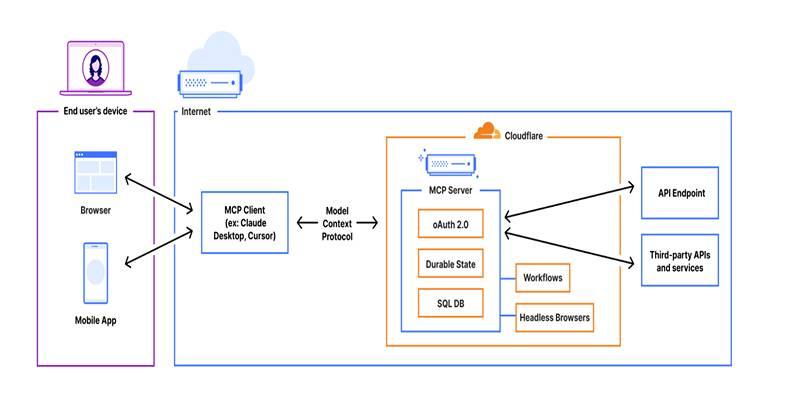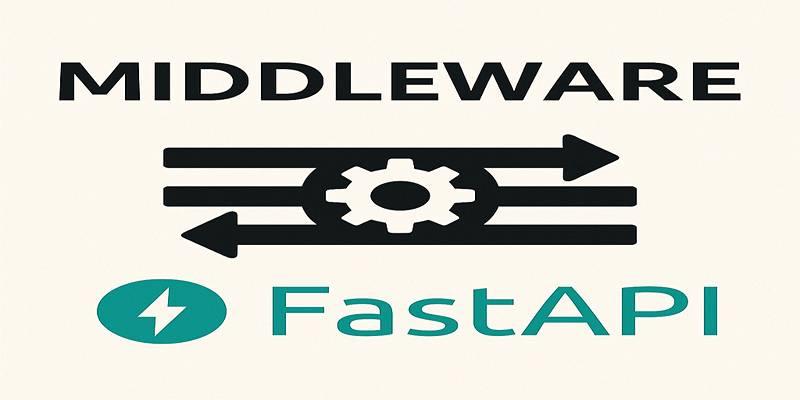AI writing tools have quietly become everyday assistants for writers, marketers, students, and even busy professionals who just need to get their point across clearly. Gone are the days when clunky grammar checkers were all we had. Today’s AI writing software doesn’t just fix your spelling; it helps brainstorm ideas, structure arguments, rewrite content in your tone, and even format it to suit your audience. In 2025, we’re seeing a leap forward—not just in how these tools perform but in how they fit into your workflow. Here’s a clear look at the top 10 AI writing tools that stand out this year.
Top 10 AI Writing Tools of 2025
ChatGPT (Custom GPTs)
OpenAI’s ChatGPT continues to be one of the most flexible AI tools out there, and in 2025, it’s grown far beyond simple chatbot tasks. Thanks to custom GPTs, users can now create specialized versions tailored to specific industries, tones, or writing formats. Whether you're drafting newsletters, rewriting reports, or creating educational content, ChatGPT's ability to understand nuance and context sets it apart.
Its real advantage lies in memory and conversation continuity. You can train it on your brand voice or past documents and carry that style across multiple sessions. The writing output feels natural, and editing requires very little cleanup—something writers value deeply.
Claude 3.5 by Anthropic
Claude’s strength lies in how well it understands complex ideas and explains them clearly. For technical writing, policy briefs, or any topic where precision matters, Claude 3.5 is a solid choice. It doesn't just generate text; it reads, summarizes, explains, and rewrites with calm clarity.

Its input window is larger than most, so you can feed it entire books or research papers and ask it to create clean summaries or simplified explanations. It’s ideal for professionals working with heavy content but looking for clarity and tone balance.
Jasper AI
Jasper is built with marketing teams in mind. In 2025, it remains a go-to for content planning, campaign copywriting, and brand voice consistency. It integrates with tools like Google Docs and Notion, helping teams maintain tone and structure across large volumes of content.
It shines with automated SEO suggestions, tone options, and frameworks for different content types—ads, landing pages, social posts. Jasper’s workflow-focused features help teams organize their content pipeline, making it more than just a writing assistant.
GrammarlyGO
Grammarly has come a long way from grammar and spelling correction. GrammarlyGO, its AI-powered writing assistant, offers suggestions for rephrasing, shortening, expanding, or even changing tone. In 2025, it will be more context-aware and better integrated with email platforms, office tools, and messaging apps.
The tool adapts quickly to your intent. If you're replying to an email or writing a formal report, it suggests text that matches your purpose without sounding robotic. Its ability to rewrite in human-friendly ways makes it ideal for people juggling various communication styles.
Notion AI
Notion AI fits seamlessly into the Notion workspace, which many teams already use for planning, writing, and project management. The tool is built for idea generation, note summarizing, and writing assistance right inside your workspace.
In 2025, it will become smarter at helping with structured content—such as meeting summaries, outlines, and knowledge bases. It's not meant for long-form storytelling, but for everyday writing inside a team's workspace; it's quick and helpful.
Copy.ai
Copy.ai remains one of the best tools for creating short-form content. If you’re managing product descriptions, email campaigns, or social media posts, it provides fast, catchy text that’s surprisingly on-brand. In 2025, Copy.ai added workflow automation for teams, allowing multiple writers to collaborate and manage projects within the platform.
Its strength lies in pre-built prompt templates—these guide the AI toward more refined, use-specific results. The tool knows how to avoid filler and keep writing punchy, which is great for digital marketers who work fast.
Writesonic
Writesonic strikes a balance between marketing and general-purpose content creation. It can draft blog posts, press releases, and product descriptions with very little hand-holding. What’s new in 2025 is its “Brand Voice” feature, which allows users to feed the AI their past content so it mimics their tone across different writing pieces.
It supports over 25 languages, making it one of the more international tools on the list. With pricing that scales from individuals to agencies, Writesonic is accessible and efficient.
Sudowrite
Fiction writers have few tools that genuinely support the creative process, and Sudowrite is one of them. In 2025, it’s tailored even more deeply for storytelling. From character development tools to dialogue rewrites and plot arcs, it guides creative writers through stuck moments without taking over the story.

The interface feels designed for creative flow rather than corporate productivity. Writers say it feels like brainstorming with a co-author—not getting told what to write, but having your ideas reflected back in new ways.
Wordtune
Wordtune excels at rewriting and fine-tuning sentences. It doesn’t generate full articles or blog posts, but it’s excellent for making existing writing smoother, shorter, longer, or more formal. In 2025, Wordtune added a document summarizer and translation feature, making it useful for researchers and professionals working across languages.
It’s light and fast. If you’ve written something and just want it to read better—less stiff, more casual—Wordtune delivers without changing your voice too much. That balance makes it useful even for experienced writers.
Rytr
Rytr rounds out the list with a budget-friendly, multi-purpose tool that still performs well across various content types. In 2025, it expanded its built-in use cases and templates, covering everything from business proposals to Instagram captions.
It may not be as advanced as some of the others, but for basic blog posts, outlines, or startup content needs, Rytr does a decent job. It’s especially handy for people starting out or exploring AI writing without needing enterprise-level features.
Conclusion
In 2025, AI writing tools will act more like partners than assistants. From marketing to fiction, each tool adapts to your workflow. Smarter and more flexible, they fade into the background, letting you focus on ideas and creativity instead of blank pages. While they can't replace the human voice, they're becoming better at supporting you in finding and shaping it.












